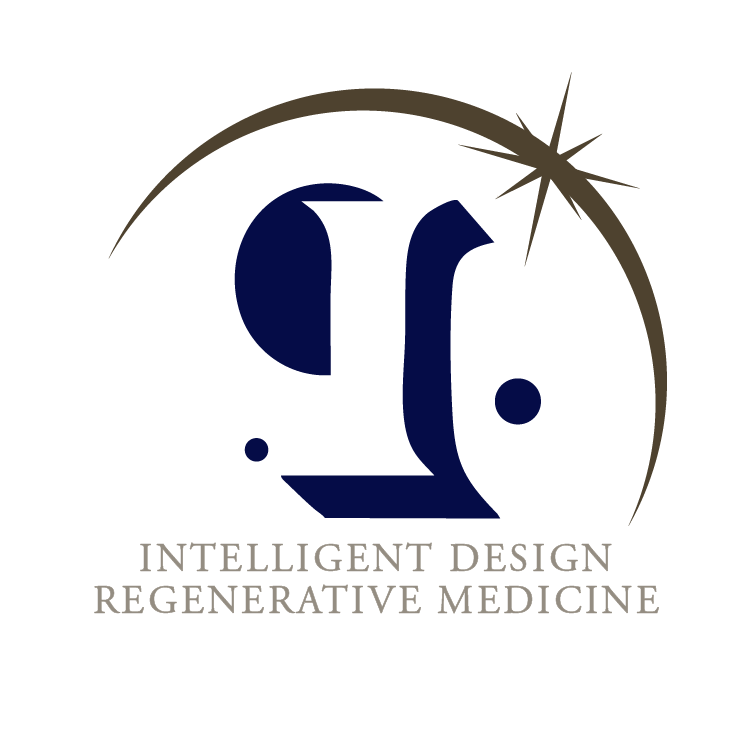Platelet-Rich Plasma (PRP)
What it is:
How it’s made:
- Blood is drawn similar to a normal lab test draw.
- This blood is then placed in a centrifuge, a machine that spins at high speeds.
- The spinning process separates the blood components, isolating the platelet-rich plasma
- from red and white blood cells.
- The concentrated PRP is then ready for injection.
Mechanism of Action: When injected into an injured joint, the high concentration of growth factors and proteins in PRP is believed to:
- Stimulate the body’s natural healing processes.
- Promote tissue healing and repair.
- Reduce inflammation in the affected area.
- Modulate pain signals.
Common Applications/Conditions Treated in Joints: PRP joint injections are often used for a variety of musculoskeletal conditions, particularly those involving chronic pain and tissue damage:
- Osteoarthritis: Especially in knees, but also hips, shoulders, and other joints, to alleviate pain and improve function.
- Tendinopathies: Chronic tendon injuries like tennis elbow (lateral epicondylitis), golfer’s elbow (medial epicondylitis), patellar tendinitis (jumper’s knee), Achilles tendinitis, and rotator cuff tendinopathy.
- Ligament injuries: Sprains and tears.
- Muscle strains and tears.
- Plantar fasciitis.
Procedure Experience:
- It is an outpatient procedure, typically lasting 30-60 minutes from blood draw to injection.
- Local anesthesia may be used to numb the injection site, making the injection itself mildly uncomfortable.
- Ultrasound guidance is always used to ensure precise placement of the injection into the targeted joint or tissue.
- Post-injection, patients may experience mild to moderate pain, soreness, or swelling for a few days, which is part of the healing response. This generally resolves in 48-72 hours.
Potential Benefits:
- Natural Healing: Utilizes the body’s own healing properties, minimizing the risk of allergic reactions or rejection.
- Non-Surgical Option: A minimally invasive alternative to surgery for some conditions.
- Pain Relief: Can provide significant and potentially long-lasting pain reduction.
- Improved Joint Function: Aims to restore mobility and overall function in the affected joint.
- Reduced Inflammation: Helps to calm inflammatory responses in the joint.
- Faster Recovery: May accelerate healing time compared to some traditional treatments.
- Potential to Delay Surgery: For some individuals, it may postpone or avoid the need for more invasive surgical interventions.
Potential Risks and Side Effects (generally rare and mild):
- Pain, discomfort, or soreness at the injection site.
- Bruising.
- Swelling and temporary inflammation.
- Rare risks include infection, nerve damage, or blood clots (due to needle insertion).
- Variability in treatment results: Not all patients respond identically, and results can depend on the type of injury, patient’s overall health, and PRP preparation.
Important Considerations:
- PRP injections are not typically covered by insurance as they are still considered a regenerative medicine treatment with ongoing research.
- Patients may be advised to stop certain medications (like NSAIDs, blood thinners, and steroids) prior to the procedure as they can interfere with platelet function.
Hear from Patients Who’ve Experienced the Power of SoftWave Therapy

In short words
Our regenerative medicine practice specializes in non-surgical, science-backed treatments that activate your body’s natural ability to heal and restore itself. From joint pain to soft tissue injuries, we offer innovative solutions designed to improve quality of life and long-term wellness. Experience personalized care and cutting-edge technology in a setting focused on healing from within.
About us
Subscribe
Sign up for Intelligent Design Regenerative Medicine newsletter to keep up with our latest news.

